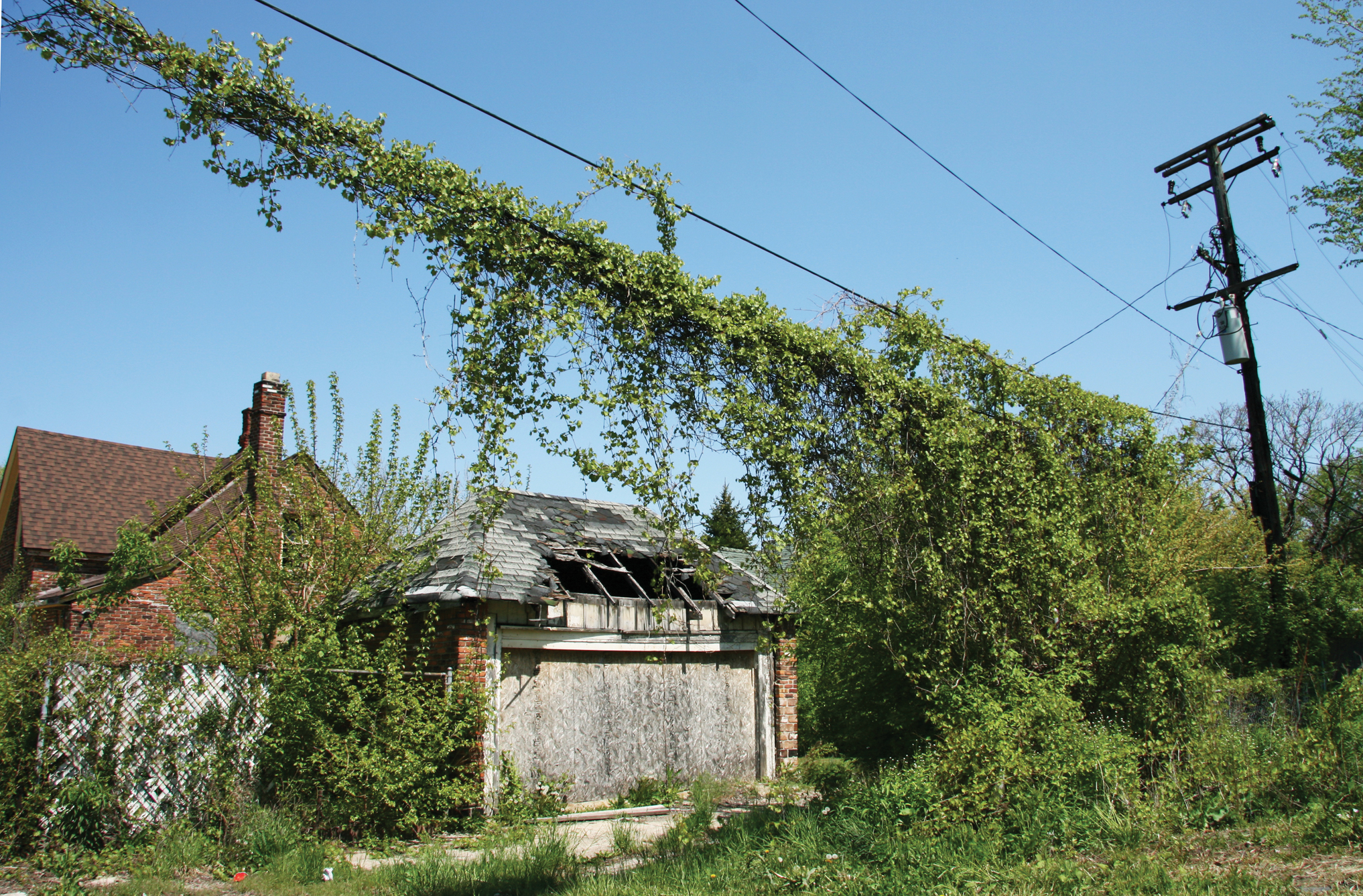Sight is a faculty; seeing, an art,” the environmentalist George Perkins Marsh wrote in his 1864 treatise Man and Nature. “I know no more important practical lessons in this earthly life of ours—which, to the wise man, is a school from the cradle to the grave—than those relating to the employment of the sense of vision in the study of nature.” Botanical field guides, which became increasingly popular around the turn of the twentieth century, aimed to support the art of seeing. Their authors promised to transform overlooked spaces into landscapes filled with interest. One of the first successful field guides for the northeastern United States was Frances Theodora Parsons’s How to Know the Wild Flowers, which was originally published in 1893. In the introduction, Parsons attested that “even a bowing acquaintance with flowers … causes the monotony of a drive through an ordinarily uninteresting country to be forgotten in the diversion of noting the wayside flowers, and counting a hundred different species where formerly less than a dozen would have been detected.”
Yet an individual field guide necessarily elevates certain plants over others. After all, the guide must be sized for a pocket or, perhaps more realistically, a backpack. One of the most provocative field guides to appear in recent years is Peter Del Tredici’s Wild Urban Plants of the Northeast (Cornell University Press), which presents an expansive vision for which plants, not to mention which landscapes, are worthy of being seen. The second edition was published this spring, adding forty-five plants to the two-hundred-plus included in the 2010 edition. Del Tredici, who is an emeritus research scientist at the Arnold Arboretum, has provided, among other things, photographic documentation of the overlooked plants that inhabit overlooked urban places. In cities like Boston, New York, and Philadelphia, the plants are often so common that they are inconspicuous, ubiquitous but unseen. Del Tredici shows riverbank grape (Vitis riparia) cascading from powerlines in an alleyway and prostrate knotweed (Polygonum aviculare) trapping cigarette butts on a sidewalk. These are common scenes that urban commuters and pedestrians often pass without a second thought.
Almost half of the species that are newly added in the second edition are North American natives, including familiar trees like the black walnut (Juglans nigra). These additions suggest the haziness inherent to determining whether something should be included or excluded from any field guide—even one, like Del Tredici’s, that is emphatically inclusive. Del Tredici describes the black walnut as an ornamental shade tree from a bygone era. Its spread into neighboring lots may seem unremarkable; the trees are almost too normal to be noted. The same goes for the green ash (Fraxinus pennsylvanica), which was another new addition. Deciding which plants should be featured in a field guide necessarily requires parameters. Parsons, in 1893, described her intention of omitting plants that were “so common as to be generally known” and “so inconspicuous as generally to escape notice.” Del Tredici, meanwhile, draws lines pertaining to the definition of the term urban and, by extension, a distinction between the spontaneous and the cultivated.





The most fascinating photographs in the book are those that show the plants within their urban milieu. After all, as Del Tredici writes in the introduction, “it is the context in which the plant is growing—not the plant itself—that makes it a weed.” Within these landscapes, the plants often appear uncontained; they have an agency unto themselves. Road markings are a frequent motif in the photographs, and Del Tredici captures the omnipresent dandelion (Taraxacum officinale) sandwiched between a left turn lane and the oncoming traffic, as though the plants were moving in flagrant disregard of the yellow centerlines. He shows an American elm (Ulmus americana) flattening itself against a chain-link fence, in Hartford, Connecticut, where it has been hacked back repeatedly. The photographs document a changing landscape, one caught in an ongoing state of becoming.
Citation: Damery, J. 2020. How to see urban plants. Arnoldia, 77(4): 41–43.
The book includes more than one thousand of Del Tredici’s photographs, and in the opening pages, he notes that many were taken on family trips and errands. He acknowledges his family’s patience with “sudden stops on the side of the road” for “yet another ‘weed’ picture.” In this sense, the photographs are remarkable in that they document not merely the fact of the plants but also the fact of stopping for them—the fact of pulling over to the side of the road, as other cars zipped past, and hopping onto the shoulder to actually observe the plants up close. The book, in other words, is a testament to the necessary art of seeing.
Jonathan Damery is the editor of Arnoldia.
From “free” to “friend”…
Established in 1911 as the Bulletin of Popular Information, Arnoldia has long been a definitive forum for conversations about temperate woody plants and their landscapes. In 2022, we rolled out a new vision for the magazine as a vigorous forum for tales of plant exploration, behind-the-scenes glimpses of botanical research, and deep dives into the history of gardens, landscapes, and science. The new Arnoldia includes poetry, visual art, and literary essays, following the human imagination wherever it entangles with trees.
It takes resources to gather and nurture these new voices, and we depend on the support of our member-subscribers to make it possible. But membership means more: by becoming a member of the Arnold Arboretum, you help to keep our collection vibrant and our research and educational mission active. Through the pages of Arnoldia, you can take part in the life of this free-to-all landscape whether you live next door or an ocean away.

